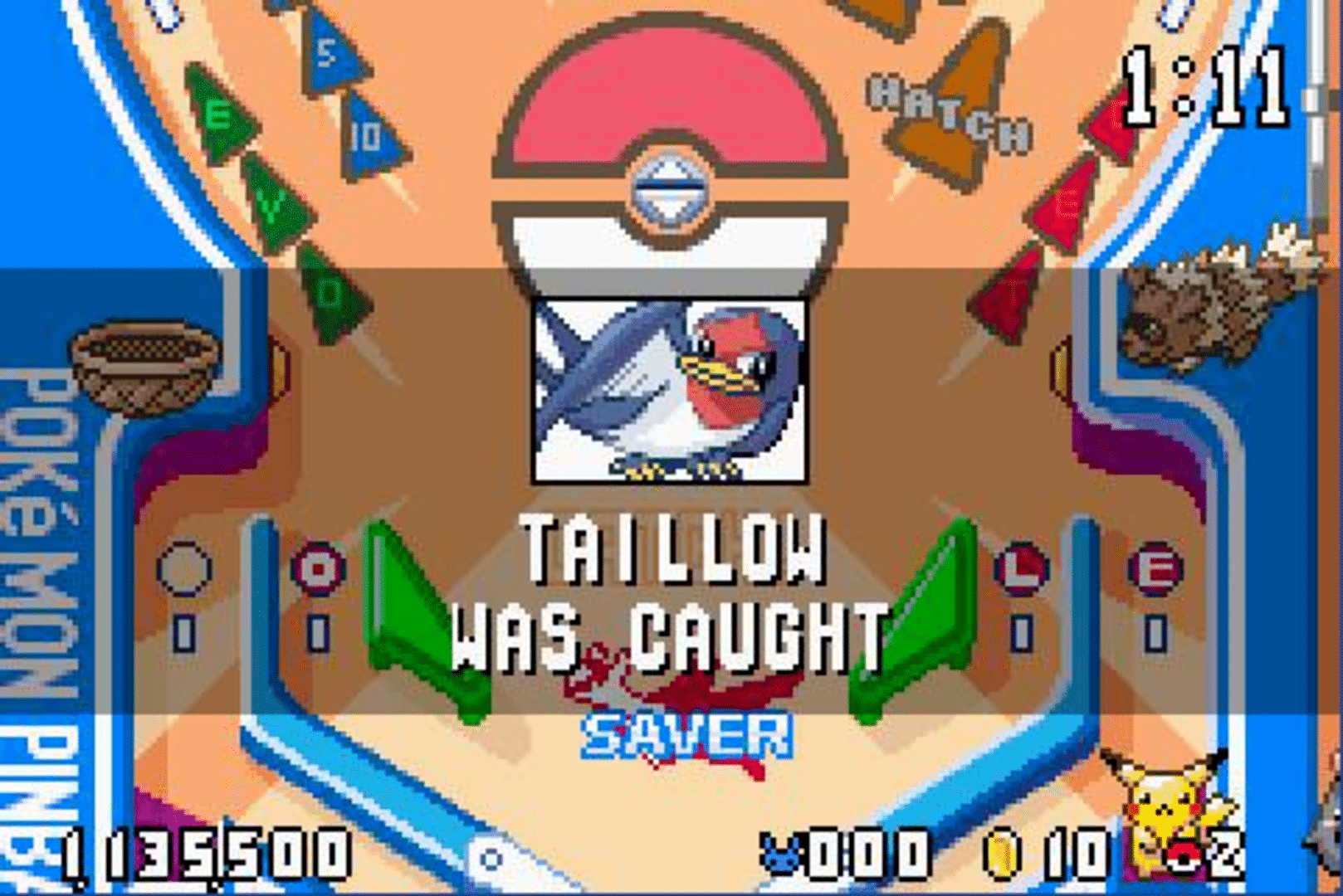

The most prominent change in the battle mechanics is the introduction of double battles, in which the opposing parties each use two Pokémon at the same time. Other trainers' Pokémon cannot be captured. Factors in the success rate of capture include the HP, status effects such as Paralysis or Sleep, and the strength of the Poké Ball used: the lower the target's HP and the stronger the Poké Ball, the higher the success rate of capture is. If successful, the Pokémon will be added to the player's active party, or stored if the player already has the maximum six Pokémon in their party. During a battle with a wild Pokémon, the player may use a Poké Ball on them. Īpart from battling, capturing Pokémon is the most essential element of Pokémon gameplay. After accumulating enough experience points, it will level up most Pokémon evolve into a new species of Pokémon when they reach a certain level. If the player's Pokémon defeats the opposing Pokémon (causes it to faint), it receives experience points.

All Pokémon have hit points (HP) when a Pokémon's HP is reduced to zero, it faints and cannot battle until it is revived. During a battle, the player may use a move, use an item, switch their active Pokémon, or flee, although fleeing is not an option in battles against trainers. When the player encounters a wild Pokémon or is challenged by a trainer to a battle, the screen switches to a turn-based battle screen where the Pokémon fight. They can also use their Pokémon to battle other Pokémon. Players begin the game with one Pokémon, and can capture more using Poké Balls.

As with all Pokémon games for handheld consoles, gameplay is in third-person, overhead perspective and consists of three basic screens: a field map, in which the player navigates the main character a battle screen and the menu, in which the player configures their party, items, or gameplay settings. The basic mechanics of Ruby and Sapphire are largely the same as their predecessors'. With over 16.22 million copies sold, they were a commercial success and became the best-selling games for the Game Boy Advance The games sold less than previous generations with Red and Blue having sold nearly 31 million units worldwide, and Gold and Silver selling over 23.1498 million units. Most of the complaints focused on gameplay not changing much in relation to previous generations, and connectivity issues versus past generations of the series. Praise was given to the new features and Pokémon designs, though critics were divided in their assessment of the games, especially on the gameplay and graphics. Ruby and Sapphire received mostly positive reviews. Additionally, the games can be connected to an e-Reader or other third-generation Pokémon games. Owing to the increased capabilities of the Game Boy Advance, four players may be connected to each other at a time instead of the previous limit of two. New features, such as double battles, Pokémon abilities, Pokémon Contests, and 135 new Pokémon were added. As with previous games, the main objectives are to catch all of the Pokémon in the games and defeat the Elite Four also like their predecessors, the games' main subplot involves the player character defeating a criminal organization that attempts to take over the region. The gameplay is mostly unchanged from the previous games the player controls the main character from an overhead perspective, and the controls are largely the same as those of previous games. Remakes of the two games, titled Pokémon Omega Ruby and Alpha Sapphire, were released for the Nintendo 3DS worldwide in November 2014, exactly twelve years to the date of the original Ruby and Sapphire release date, with the exception of Europe, where it released a week later. Pokémon Emerald, a third version, was released two years later in each region. They were first released in Japan in late 2002, and internationally in 2003. After years of Nintendo being the sole publisher of the franchise in all regions, The Pokémon Company co-published the games for the first time since the establishment of the joint-owned company in 1998. They are the first installments in the third generation of the Pokémon video game series, also known as the "advanced generation". Pokémon Ruby Version and Pokémon Sapphire Version are 2002 role-playing video games developed by Game Freak, published by The Pokémon Company and Nintendo for the Game Boy Advance.


 0 kommentar(er)
0 kommentar(er)
